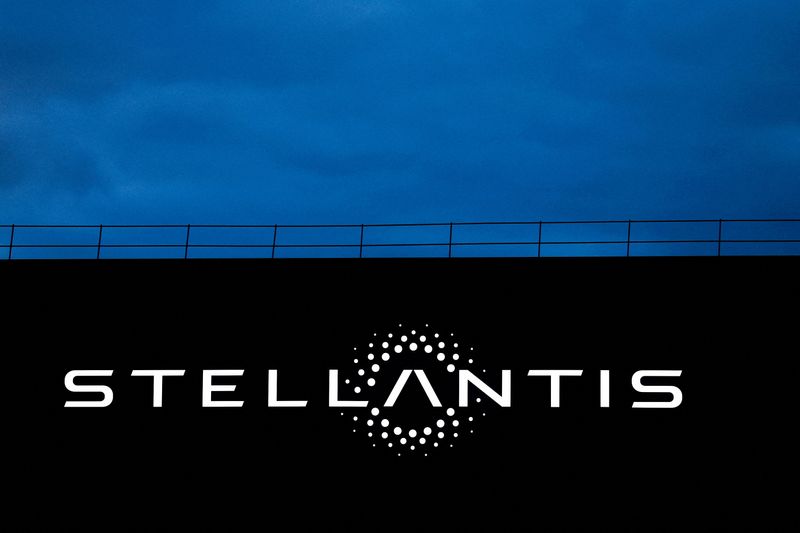Disney (DIS) is having a rough year.
The company’s gardening business is slowing. Its linear TV business is declining, as are subscribers to the major streaming service Disney+.
That makes the move to take the entire ESPN Sports Network about as over-the-top as it can get. The industry has always considered sports as a key content category to attract loyal viewers.
However, the danger is that while audiences are willing to pay for the network as part of a traditional cable package, they may not be very interested in subscribing to an independent streaming service.
But Disney CEO Bob Iger seems willing to accept it.
“Sports stands so high in the media landscape for its ability to bring together millions of people at once,” Iger said earlier this month, reiterating his optimistic stance on ESPN and affirming his plans to have the network fully outperform it as a direct source. Platform to Consumer (DTC).
Analysts and media observers have warned that the full transition to streaming will be a difficult journey, particularly when it comes to consumers paying an extra streaming service bill in order to watch sports as part of a cable package.
ESPN charges pay-TV operators between $8 and $9 per subscriber, at SNL Kagan’s discretion. For comparison, ESPN+’s average revenue per user is $5.64.
Brandon Nispel, equity research analyst at KeyBanc Capital Markets, told Yahoo Finance.
Nispel, which has a sector weight rating on the stock, pointed to recent KeyBanc survey data that showed “low willingness to pay.”
In a note posted on June 29, the analyst wrote, “Who would pay $30+ per month for ESPN? Not much.”
Disney hasn’t released any pricing details, though analysts have estimated that the service will need a minimum cost of about $30 per month in order to break even — let alone turn a profit.
“Through our survey, we found that consumer interest in sports is relatively high on a linear level, although willingness to pay for broadcasting is low: we found that more than 25% of subscribers would not be willing to pay for a pure sports streaming service, 46% Who subscribers would be willing to pay less than $10 per month, 26% would pay > $20 per month.”
“Future profitability in sports is really the question,” said Nispel. “How many people are going to sign up and then what’s the profitability profile? Going from linear to live is more difficult, because you don’t have the audiences to support.”
Macquarie analyst Tim Nollen agreed, telling Yahoo Finance, “It’s a very high risk of significantly disrupting the package, which is already (in decline). It’s just one more massive event that is devastating to the entire sport situation.”
The analyst, who has a neutral rating on Disney and a $94 price target, added that ESPN will likely offer various incentives, along with the ability to turn the service on and off given the fragmented nature of sports fans.
“There are a lot of people out there who might be sports majors,” said the analyst. “So you may not necessarily want this thing year-round, or you may only want it for the first couple of months of the season.”
As a result, ESPN will likely “should give this lower price to generate as many subscribers as possible, but the real way to make money would be from targeted advertising on the service,” he continued.
On top of pricing, another question revolves around how many subscription services people are willing to pay for, especially in a saturated streaming market. ESPN+ currently has 25.3 million subscribers.
“A consumer gets 7 to 8 streaming services a month[at]about $60 to $70 a month,” Mark Boydman, partner and global head of media at Solomon Partners, told Yahoo Finance.
“What happens then? People go to bars to watch sports for free, go to a friend’s house to watch it, and try to find it for free on some site. Young people aren’t even good at watching highlights on TikTok,” he said.
However, Boidman emphasized that he still sees value in the sport. After all, ESPN has seen Slight increase in TV viewershipThat jumped 8% year over year in 2022, though Sharp declines in linear subscribers, which fell to 74 million at the end of last year from 100 million in 2011, according to a Securities and Exchange Commission filing.
But this value may diminish over time as the transition to streaming takes hold.
“The question is will (sports) be valued the same way it has been valued historically, because everyone with a TV subscription was indirectly paying for sports, even if they didn’t watch any sports. That will definitely change because people won’t pay for things they don’t want to consume “.
“For live streaming, there will be value, consumers will pay for it directly, they will pay for it with advertising and it will be paid for by bundling sports content into Prime memberships or other things. So people will still pay for sports indirectly, but it may They don’t pay for it outright and certainly not at those (historic) price points.”
Who will be the strategic partner for ESPN?
Disney’s Iger said the company is open to strategic partners, either through a joint venture or part ownership, to enable ESPN to move to DTC.
In an interview with CNBC earlier this month, Iger said he’s looking for “value” partners — whether it’s content value, distribution value, or capital value to de-risk the business. If that is found, “we will be very open about that.” He said there had been “some” talks with potential partners, but did not go into names or possible timelines.
On Thursday, Comcast President Mike Kavanagh shot down the possibility of NBC partnering with Disney.
“I’ve been asked about speculation and read about it that, in some way, we might be interested in a business swap (with Disney) as part of what’s going on in sports,” he said.
“I would just say that, it’s very unlikely given there are massive issues around taxation, minority shareholders, and structure in general. So I’ll put aside the notion that there’s anything inorganic likely to happen about ESPN, in particular.”
Disney has been in exploratory talks with major sports leagues including the NFL, NBA and MLB regarding strategic partnerships, according to a source familiar with Disney’s plans.
“I’ve really struggled to understand why patrols do this,” said KeyBanc’s Nispel. “It feels like a conflict of interest, if you will, because the leagues get money from ESPN. If they had ownership in ESPN, they would be kind of preferable to continue providing the rights to ESPN over others.”
Nispel said Disney will likely need to find multiple partners and that the media giant will need to make “tough decisions” about what content to keep in order to attract the widest audience possible.
Another potential strategic partner could be Apple (AAPL).
Appearing at Apple’s Worldwide Developers Conference (WWDC) in June, Iger touted a new collaboration between the two companies centered on Apple’s recently announced VR headset, which Iger said “makes way for sports.”
At the time, the executive management revealed that users will be able to watch Disney+ movies and TV shows, as well as a more immersive sports viewing experience.
Another bonus? Apple has a lucrative deal with Major League Soccer (MLS), which it concluded recently I saw batch Following the decision of international soccer star Lionel Messi to join MLS.
“Streaming is a low-margin business, and the only way it really works is through global distribution,” said Nispel, pointing to the potential upside with Apple and its MLS partnership.
At this point, Disney will likely consider all options, the analyst said: “I think it’s on basically everyone’s list.”
Disney will report its quarterly earnings results on August 9th.
Alexandra Channel He is a senior correspondent at Yahoo Finance. Follow her on Twitter @employeeAnd linkedin, and email it to alexandra.canal@yahoofinance.com.
Click here for the latest stock market news and in-depth analysis, including the events that move stocks
Read the latest financial and business news from Yahoo Finance



